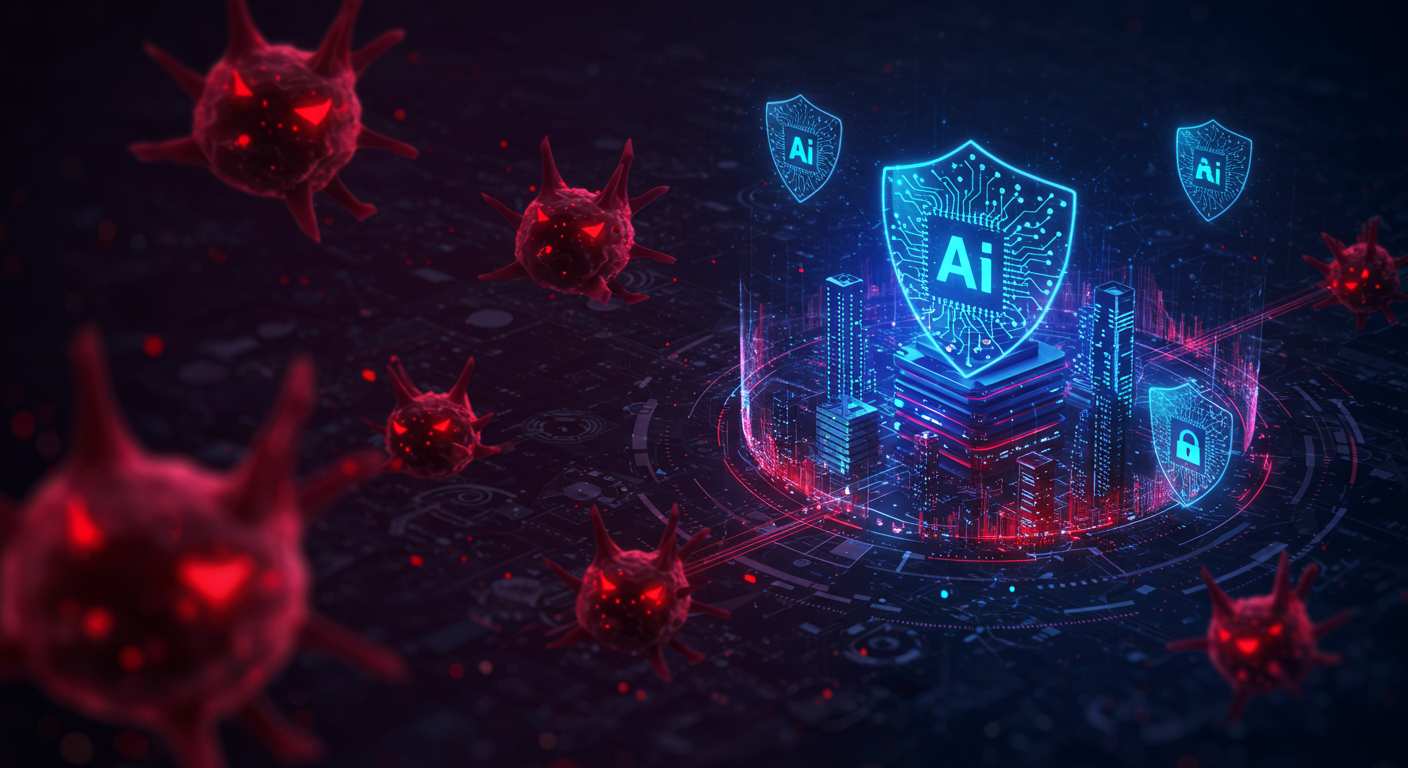- Your cart is empty
- Continue Shopping
From Reactive to Proactive: How AI Is Reshaping Cybersecurity Strategies

Introduction: A Paradigm Shift in Cyber Defence
The traditional approach to cybersecurity has long relied on reacting to threats after they occur—patching vulnerabilities, removing malware, and cleaning up data breaches. But in today’s hyperconnected world, this reactive model is no longer sustainable. Threats are becoming faster, smarter, and more evasive.
Artificial Intelligence (AI) is rewriting the cybersecurity playbook. No longer just a futuristic concept, AI is enabling organisations to anticipate, prevent, and neutralise attacks with a level of speed and precision that human analysts alone cannot match. This shift from reactive to proactive security is transforming how businesses defend their digital infrastructure.
The Reactive Model: Why It No Longer Works
Before diving into the proactive role of AI, it’s important to understand why legacy security models are falling short:
-
Volume of threats: The sheer number of daily cyberattacks makes manual investigation and response impractical.
-
Speed of attacks: Modern threats can compromise systems in seconds—long before human intervention can begin.
-
Complexity: Today’s IT environments include hybrid clouds, remote workforces, and IoT devices, which expand the attack surface and complicate visibility.
This outdated model often results in delayed detection, incomplete remediation, and significant business disruption.
How AI Enables Proactive Cybersecurity
Rather than waiting for an attack to occur, AI equips security systems to predict and prevent incidents before they escalate. Let’s explore how this works in practice.
1. Real-Time Behavioural Analysis
AI continuously monitors digital environments to learn what “normal” activity looks like—tracking user behaviour, network flows, and system interactions. When behaviour deviates from the baseline (e.g., a sudden file download at 3 a.m. or a login from an unusual location), the system flags it for immediate review or automatically initiates a response.
This real-time detection shortens the window of opportunity for attackers and reduces damage.
2. Intelligent Threat Forecasting
AI-driven platforms analyse threat intelligence feeds, dark web chatter, malware evolution, and global attack trends to predict emerging threats. These insights empower businesses to fortify defences ahead of time—patching systems, tightening access controls, or updating firewalls based on likely risk areas.
This proactive forecasting is especially valuable in mitigating zero-day vulnerabilities and nation-state threats.
3. Automated Containment and Remediation
When a breach is detected, AI systems can automatically isolate infected devices, revoke compromised credentials, or quarantine suspicious files without waiting for human confirmation. This drastically reduces the response time and limits lateral movement within the network.
More advanced systems also generate detailed forensic reports, enabling faster recovery and future prevention.
4. Dynamic Policy Adjustment
Traditional security policies are often static, requiring manual changes. AI can dynamically adjust access rules based on user behaviour, threat level, and contextual data.
For example, if an employee suddenly starts accessing confidential files outside of work hours from an unusual IP, AI might automatically trigger multi-factor authentication or temporary access restrictions.
5. Smarter Resource Allocation
Security teams are often overworked and understaffed. AI helps by triaging alerts, prioritising incidents based on risk, and automating repetitive tasks such as log analysis or report generation. This allows human analysts to focus on complex decision-making and strategic improvements.
In other words, AI doesn’t replace humans—it makes them more effective.
Implementation Best Practices
To successfully integrate AI into a proactive cybersecurity strategy, organisations should:
-
Ensure clean, structured data: AI models depend on high-quality data to learn effectively.
-
Start with a use-case approach: Begin with manageable goals like anomaly detection or email filtering before expanding to more complex integrations.
-
Maintain human oversight: AI should support—not replace—security analysts. Critical decisions must still involve human judgment.
-
Regularly retrain models: Threats evolve, and so must the AI. Continual learning and tuning are essential to maintaining effectiveness.
Challenges to Consider
Despite its advantages, AI in cybersecurity is not a silver bullet. Common concerns include:
-
False positives: Overly sensitive models can flag too many harmless activities, leading to alert fatigue.
-
Adversarial AI: Hackers may attempt to fool AI systems using sophisticated manipulation techniques.
-
Transparency: “Black box” decision-making makes it difficult to explain or audit certain AI-generated actions.
Organisations must weigh these factors carefully and deploy AI as part of a balanced, layered defence strategy.
Final Thoughts: AI as the Cornerstone of Modern Cyber Defence
Cybersecurity can no longer be treated as an afterthought or a checklist item. In a world of persistent threats, being reactive is simply not enough. AI is enabling a future where security systems anticipate danger, take swift action, and continuously adapt to emerging risks.
For businesses serious about protecting their data, customers, and reputation, the question is no longer whether to adopt AI—but how to do it effectively. As you evaluate your organisation’s digital defences, consider the strategic value of ai in cybersecurity as a foundation for long-term resilience.






